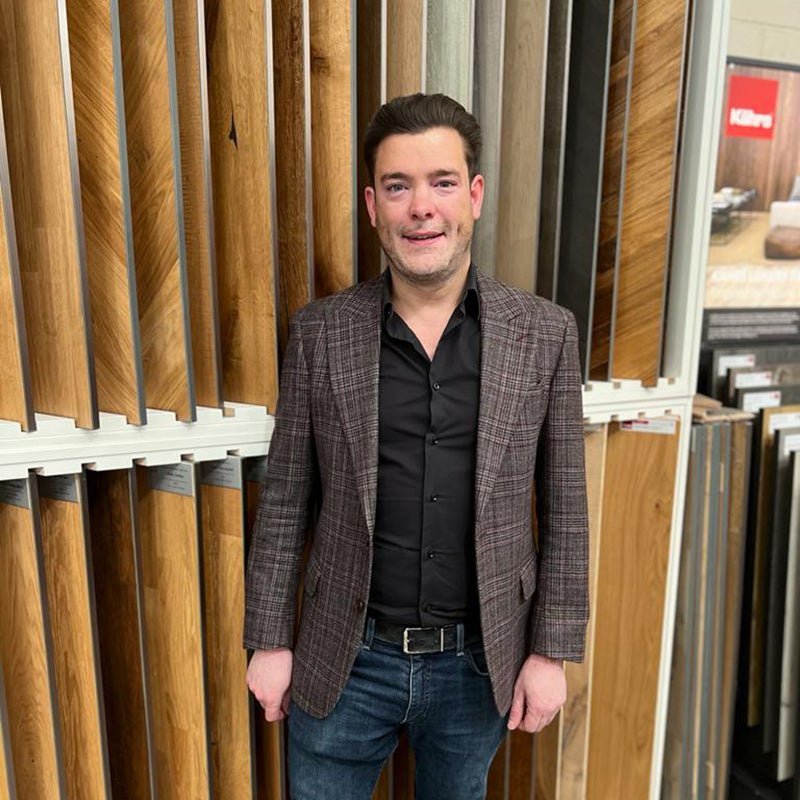The Art of Floor Borders: Adding a Designer Touch to Any Room
When it comes to elevating a space, most people jump straight to wall colour, lighting, or furniture. But there’s one detail that often gets overlooked—and it’s right under your feet.
Floor borders are one of those subtle yet transformative design touches that can completely shift the vibe of a room. Think of them as the frame to your floor’s artwork. They're not just decorative; they're a way to add structure, contrast, and a designer-level polish that turns plain floors into statement pieces.
What Are Floor Borders, Really?
At their core, floor borders are decorative trims or edges that outline the main section of a floor. They can be made from the same material as the rest of the flooring or introduce contrasting materials, patterns, or colours. Whether it’s a sleek line of dark walnut around a pale oak floor or a detailed tile mosaic outlining a stone floor, borders add depth and definition to an otherwise flat surface.
Think of luxury hotels, restored heritage homes, or high-end boutiques. Ever noticed how their floors seem more ‘put together’? That’s often the work of a well-placed border.
Why Bother? The Benefits of Floor Borders
Let’s be honest—flooring isn’t exactly cheap. So why add another layer of complexity?
Because borders do more than just look good. Here’s how:
-
They define space: In open-plan layouts, borders can help visually separate areas without the need for walls. Dining area? Living zone? A border can quietly distinguish them.
-
They add sophistication: A border instantly gives the impression that a room was professionally designed. It suggests thoughtfulness and attention to detail.
-
They protect edges: Especially with wood or laminate, borders can act as a buffer in high-traffic areas, helping preserve the main floor’s lifespan.
-
They allow for customisation: You can express your style without being too loud. Whether you want a classic inlay or something modern and minimal, the options are endless.
Material Options: Playing With Contrast
One of the most exciting parts about floor borders is the chance to play with contrast. Here are some popular material combinations that designers love:
-
Wood-on-wood: A darker hardwood like walnut framing a lighter one like maple or oak adds warmth and contrast.
-
Tile with mosaic: Ceramic or stone tiles bordered by small mosaic patterns create a Mediterranean or spa-like feel.
-
Vinyl with metallic trim: Luxury vinyl tile (LVT) bordered with brass or aluminium strips gives off an upscale, urban vibe.
You can also experiment with width and placement. A narrow border around the perimeter gives a neat, classic feel. A thicker, patterned border adds drama and flair.
Best Rooms for Floor Borders
While borders can technically go anywhere, some rooms really shine with the extra detail.
-
Entryways: Your entrance is your home’s handshake. A bordered floor makes it memorable from the moment someone walks in.
-
Living rooms: Borders can subtly frame the space, especially around rugs or furniture clusters.
-
Dining areas: A border can help “anchor” the table without needing a rug.
-
Home offices or studies: It gives the room an old-world charm, especially when paired with dark wood and leather-bound books.
Timeless or Trendy?
One of the best things about floor borders is that they’re timeless—when done right.
Trends come and go, but a tasteful wood inlay or a subtle tile edge will age gracefully. That said, if you’re feeling bold, geometric patterns or coloured inserts are making a comeback in contemporary homes. Just remember: moderation is key. A border should complement, not compete with the rest of your design.
Things to Keep in Mind Before Installing
-
Precision is everything: Borders require skilled installation. Sloppy cuts or misaligned sections can ruin the effect.
-
It’s not DIY-friendly: Unless you’re highly experienced, this is one job best left to pros.
-
Plan ahead: If you're renovating or installing new floors, decide on borders early. Retrofitting can be costly and messy.
-
Coordinate your trims and skirting: Your border shouldn't clash with your wall trims or skirting boards—it should all feel like part of one cohesive look.
Conclusion
Floor borders might seem like a small detail, but they hold the power to elevate a room from simple to stunning. They're the kind of thing guests may not immediately notice—but they'll feel it. That sense of balance, intention, and style? That’s the border quietly doing its job.
In a world of mass-produced interiors and cookie-cutter designs, floor borders give you the chance to do something truly bespoke. So if you're redoing your floors or designing a new space, don’t overlook the edges. Sometimes, what frames the picture matters just as much as the picture itself.



